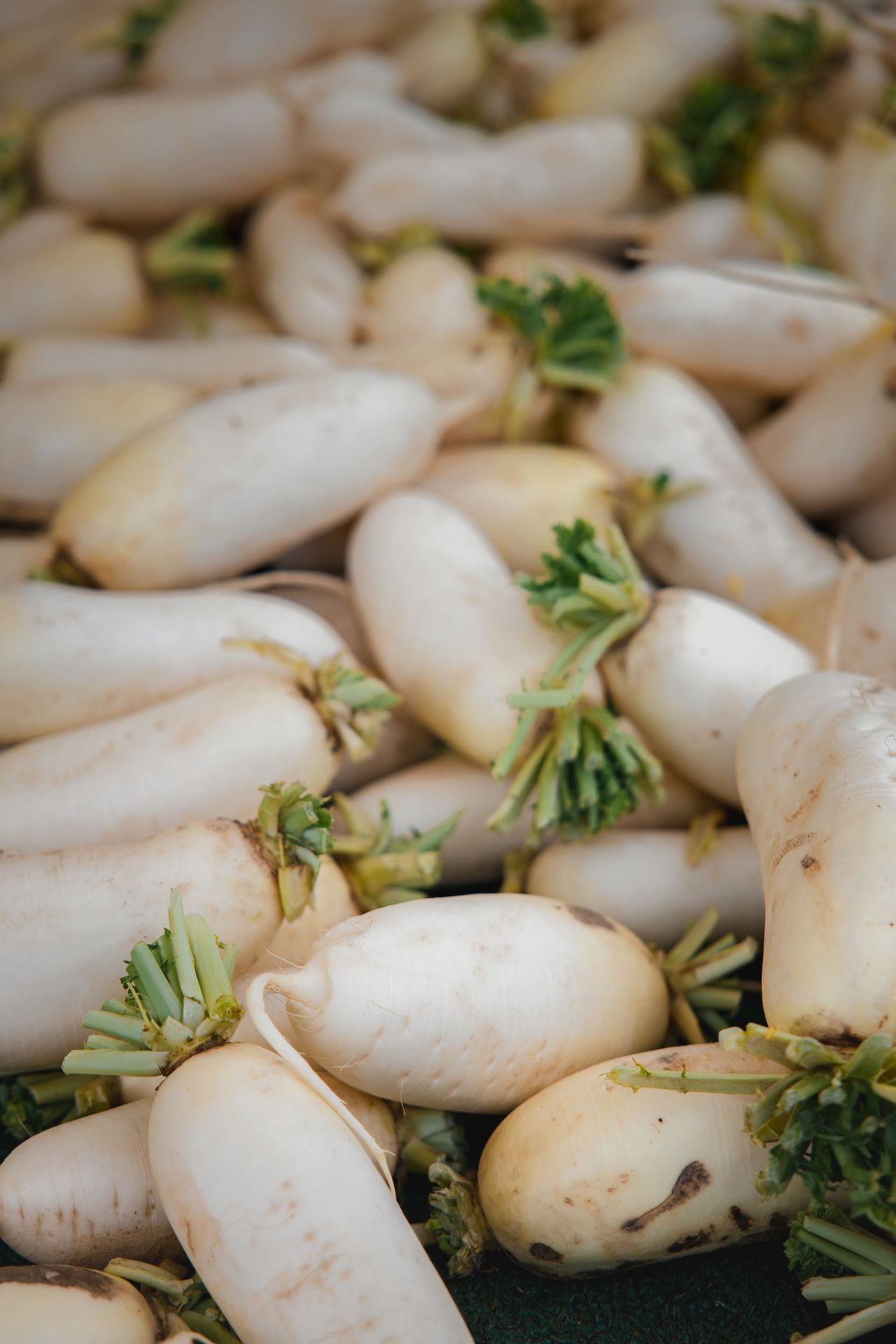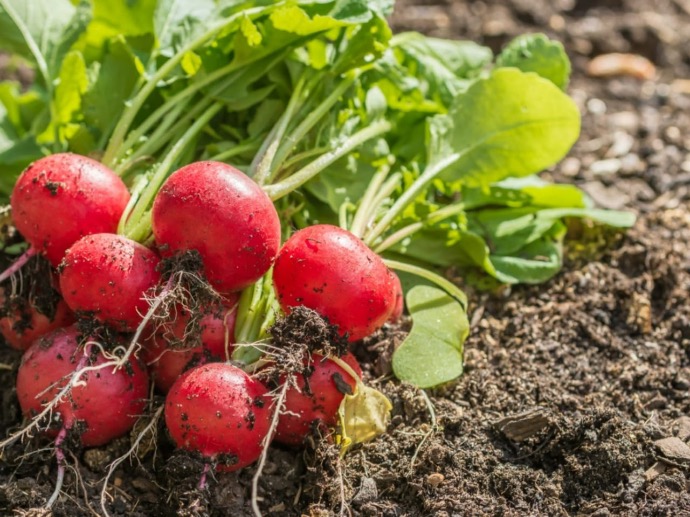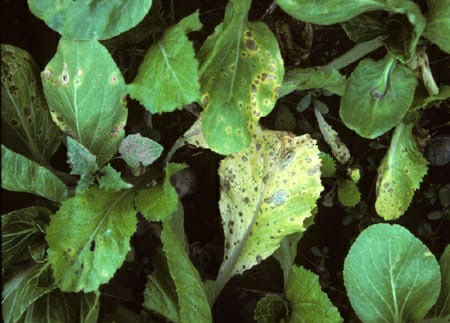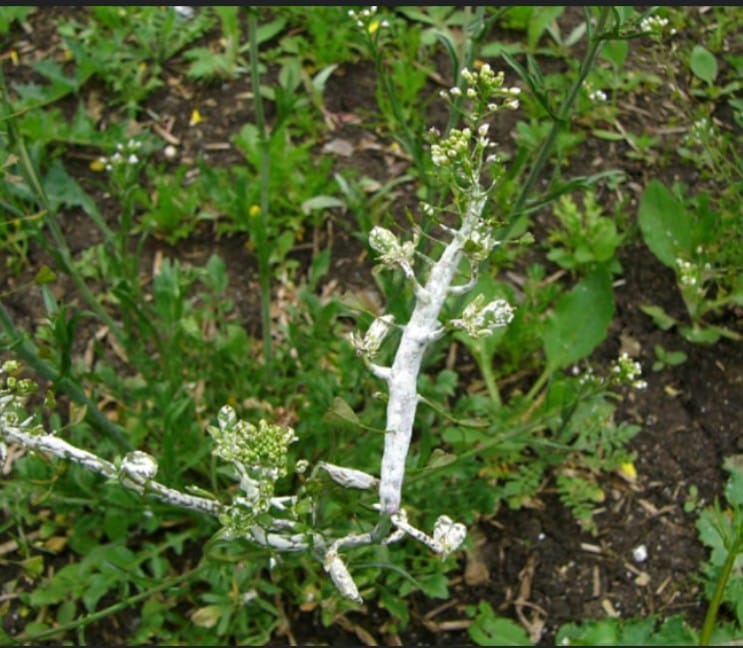Radish Plant
Radishes are annuals, 6-24 inches tall, and frost-tolerant. They prefer well-drained soil in full sun to partial shade. Keep the soil moist. Radishes are edible but not medicinal.
Habit
Annual
Height
6-24 inches
Growth
Fast
Soil
Well-drained, Sandy Loam
Shade
Full Sun to Partial Shade
Moisture
Moist
Edible
Yes
Medicinal
No
Origin
Asia
Climatic Condition
Temperate, Subtropical
Temperature (°)
10°C to 20°C
Humidity (%)
50% to 60%
Potting media
50% Loam, 40% Sand, 10% Organic Matter
Fertilizers
Organic Fertilizer
Watering
Regular watering
Plant Weight
0.1 to 0.3 kg
Flowering Time
Spring to Summer
Soil Ph level
6.0 to 7.0
Water Ph level
6.0 to 7.0
Soil EC
0.4 to 0.6 mS/cm
Yield Per Plant
60 pods per plant
NPK ratio
10:10:10
life Span
1 to 2 years
Health Benefits
High in Nutrients, Digestive
Suggested Grow Media or Potting Mix ?
50% loam, 25% compost, 25% sand
Suggested Fertigation/Fertilizers
Fertilize every 4 weeks with a balanced fertilizer.
Common Diseases and Remedies
alternaria leaf spot , black root
symptoms appear as dark brown to black irregularly shaped lesions on leaf blades and petioles.
Crop rotation, avoid overhead watering.
HEALTH BENEFITS
· Detoxifies the liver and kidneys
· High in fiber, promoting digestion
· Rich in vitamin C, boosting immunity
What Is A Radish ?
Radish plants are annual or biennial root vegetables that belong to the Brassicaceae family. Radish (Raphanus sativus) is a cool-season crop that grows best in spring and early or late summer.

What Are The Different types of radish?
1.Watermelon radish:-
This is an ancient Chinese radish variety that is green on the outside and pink or red on the inside.
2.Spanish black radish:-
A common garden variety that belongs to the Brassicaceae family, like broccoli and kale. Radish A root vegetable that belongs to the cruciferous family, like cabbage, cauliflower, and broccoli.
3.Breakfast radish:-
A small annual variety of radish, also called common radish or breakfast radish.
4.White radish:-
A crunchy, juicy radish that is spicy and sweet. It can be eaten raw in salads and curries, or used to stuff parathas.

How do you care for radish?
1.Location: -
Do not dry. Otherwise, you will get healthy and sharp roots. However, please do not get it wet. Otherwise, the roots will rot.
2. Sunlight:-
Radish plants require at least 6 hours of direct sunlight per day to grow.
3. Soil:-
Radishes grow best in well-drained, sandy, slightly acidic to neutral soils with a pH of 6 to 7.
4.Hydration:-
Water 1 inch per week depending on soil moisture.

5. Nourishment: –
Radish leaves contain more protein, calcium, ascorbic acid (vitamin C) and antioxidants than the roots. They may help with Alzheimer's disease.
6.Issues:-
Radish is not without its problems. Flea beetles make small holes in leaves, slugs dig grooves into intact roots, and sudden flooding can cause radishes to burst open and begin to rot.
What are the benefits of radish?
Anti-cancer properties Anti-fungal properties Supports a healthy digestive system Radishes contain fiber that prevents constipation and helps control blood sugar levels. Helps reduce high blood pressure. Reduces inflammation. Protects cells from carcinogens. Affects cancer cell growth.

FAQ's About Growing radish
1.What affects the growth of radish?
The high temperatures of summer cause the tips of the plants to become small, and the roots quickly become strong and very sharp as they grow.
2. Do radishes need heat to grow?
Radishes prefer light sandy loams with a pH of 6.5 to 7.0, but tolerate many soil types. Soils with a pH below 6.5 may require liming.
3. What is the famous radish?
Contains significant amounts of protein and fiber. Radishes are rich in vitamin C, which is essential for boosting the body's immunity and also serves many other purposes.
4. Which soil is suitable for daikon radish?
For optimal growth, radishes prefer fertile, well-drained, deep, sandy soil rich in organic matter.
5. How does pH affect radish growth?
Radishes irrigated with pH 5.6 water grew larger.



